Ocean freight moving services
If you are planning an overseas move, and would like to ship your goods via ocean freight, our team of professional international moving specialists can help plan, schedule, and expedite your ocean freight shipment. Due to its safe means of transportation and reasonable cost, Ocean Freight is the preferred method of shipping when moving internationally. Ocean freight services for international moving varies based on the size of your shipment and method of transport. We offer various types of FCL (Full Container Load) and LCL (Less Than A Container Load).
We are proud to be licensed by the Federal Maritime Commission.
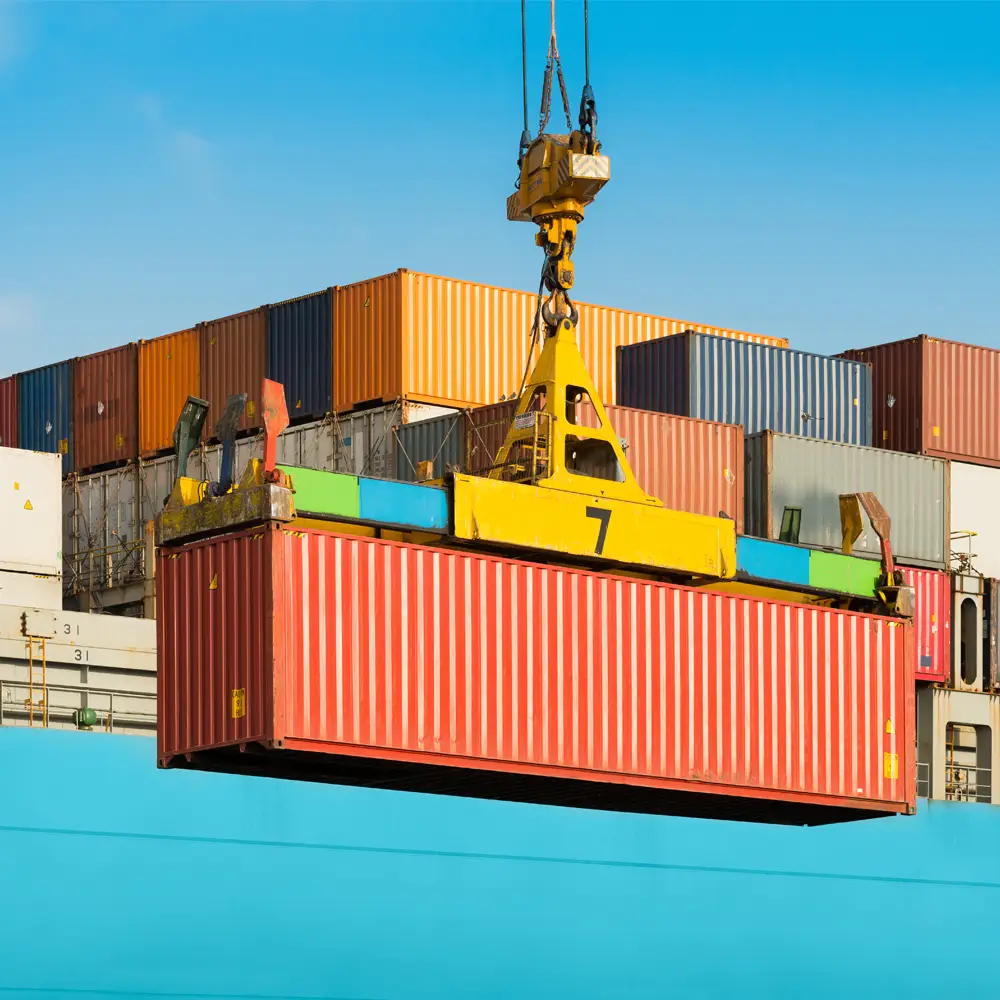
fcl (full container load) moving services
International Movers Network, Inc offers standard and additional container types. Standard containers include 20 foot, 40 foot, and 40 foot high cube ocean freight containers. In addition, there are numerous of other types of ocean containers used in the international ocean freight industry, including 45 foot High Cube, Open Tops and Flat Racks sizes of 20 and 40 feet. However, as a rule these types of sea freight containers are subject to equipment availability from Steam Ship Lines (direct ocean freight carriers, international ocean freight transportation companies). In certain circumstances it can be limited. If you are shipping a regular cargo by sea, we suggest planning your international ocean freight shipment by using one of these three types of multimodal sea freight containers below.
20 Foot Standard Multimodal Sea Freight Container
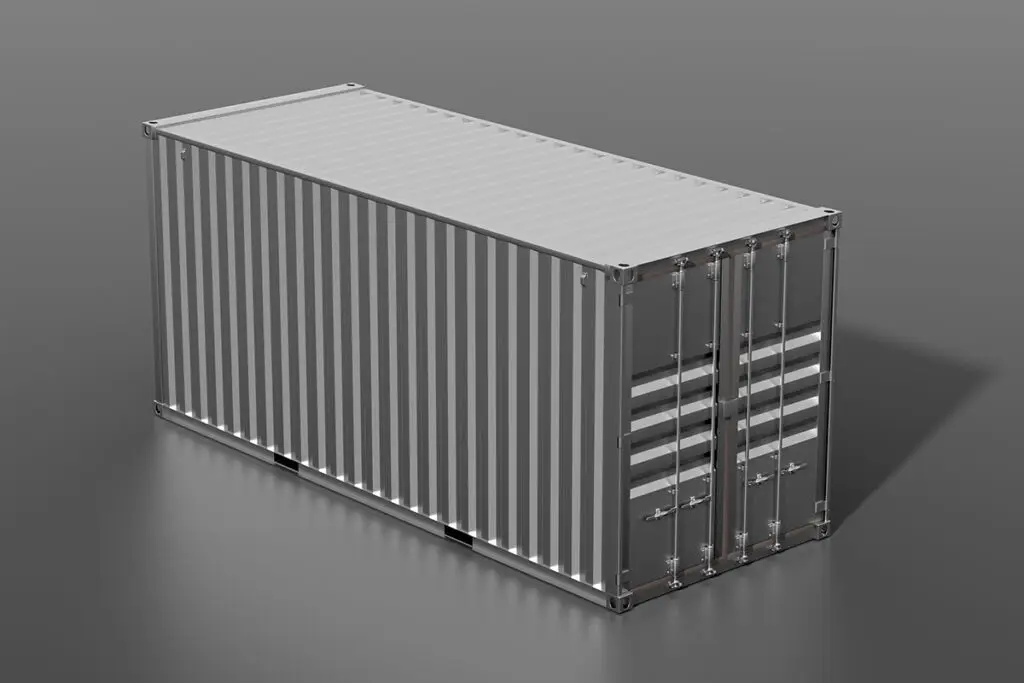
Interior Dimensions (L x W x H): 19′-5” x 7′-8” x 7′-9′ 1/2” (5.919 m x 2.340 m x 2.380 m)
Cubic Capacity: 1,165 cubic ft (33.0 cbm) before loading
40 Foot Standard Multimodal Sea Freight Container
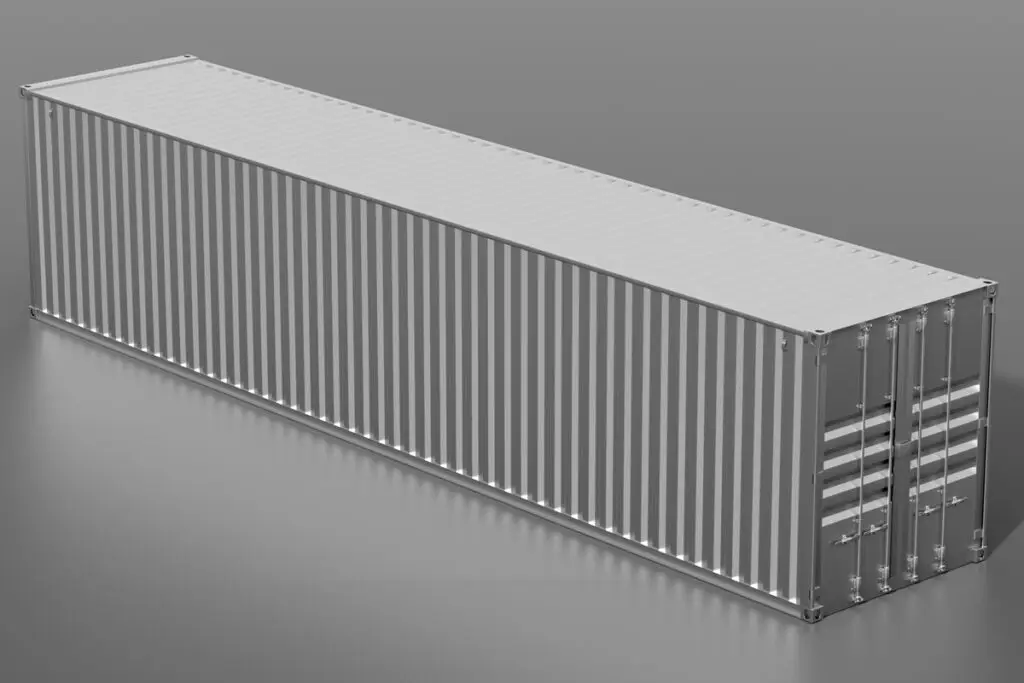
Interior Dimensions (L x W x H): 39′-6 1/2”x 7′-8” x 7′-9 1/2” (12.051 m x 2.340 m x 2.380 m)
Cubic Capacity: 2,377 cubic ft (67.3 cbm) before loading
40 Foot High Cube Standard Multimodal Sea Freight Container
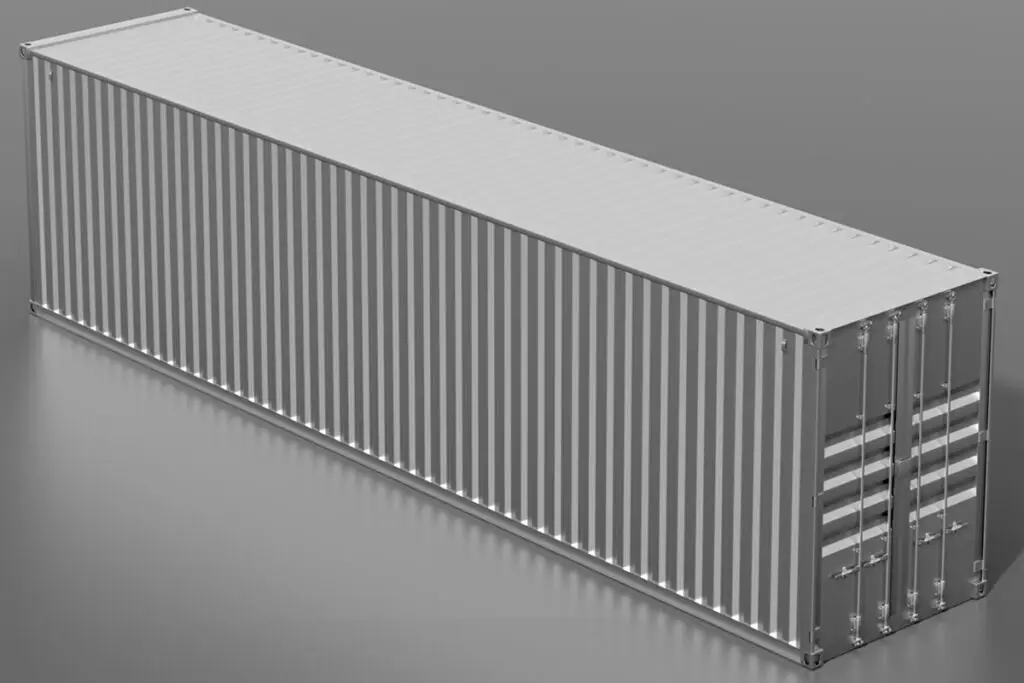
Interior Dimensions (L x W x H): 39′-6 1/2” x 7′-8 1/4”x 8′-9 1/2” (12.056 m x 2.347 m x 2.684 m)
Cubic Capacity: 2,684 cubic ft (76.0 cbm) before loading
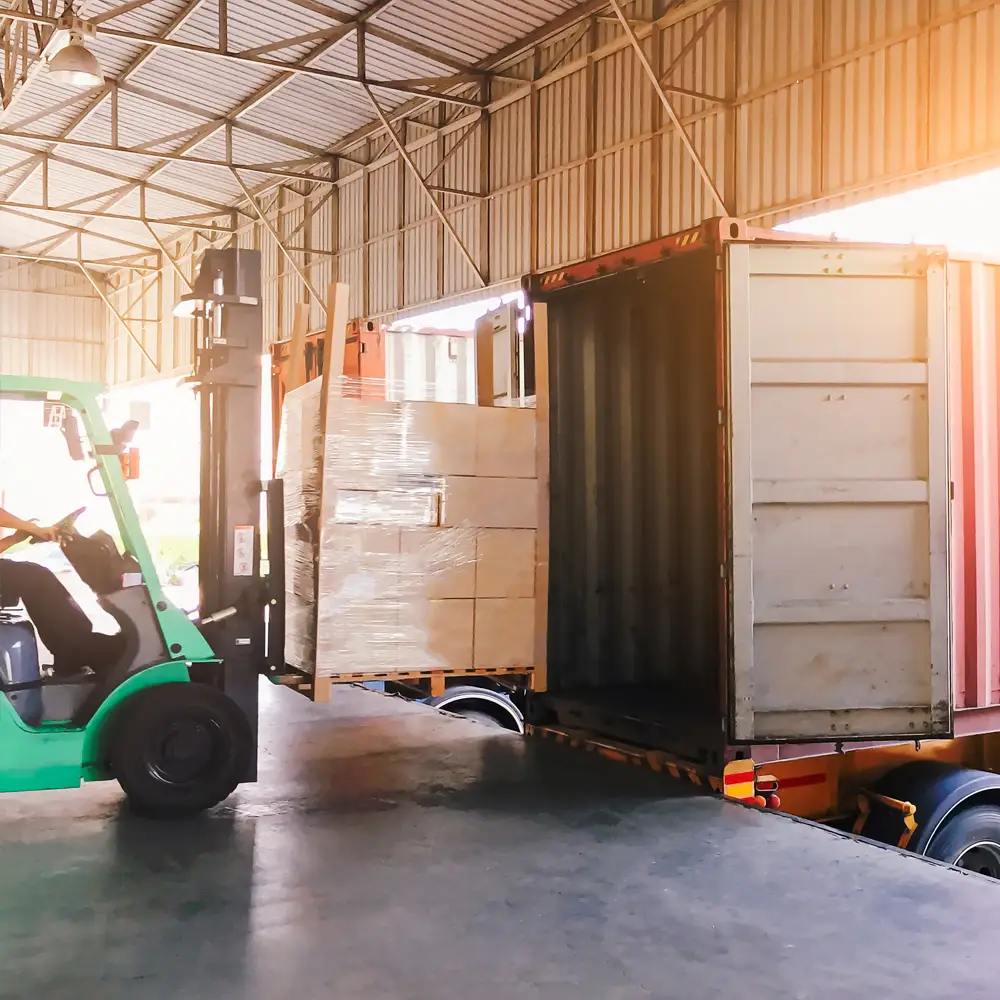
lcl (less than a container load) moving services
Optimize Transit Times with LCL Ocean Freight. When you don’t have enough cargo to fill an ocean freight container, International Movers Network, Inc offers practical Solutions of LCL service between major ports. We have a network of agents and container freight stations around the world. That means we have the ability to offer you space within a container that is shared with other customers.
As a Non-Vessel Operating Common Carriers (NVOCC) licensed company, we can provide LCL services that feature:
- Global network coverage
- Competitive pricing
- Door to door service for your LCL needs
- Frequent sailing time
- Shipment visibility for multiple freight modes
THREE METHODS OF SEA FREIGHT CONTAINERS STUFFING:
- A ‘LIVE LOAD’ – means that a dedicated International Moving Service trucker will deliver an ocean freight container to your location and wait while you load, secure and seal the container for the international shipment. Freeloading time may vary from one to two hours.
- A ‘DROP AND PICK’ – means that an International Moving Service trucking company’s driver will deliver and leave the ocean freight container at your location for several days. Then he will return to pick up the loaded, secured and sealed sea freight container. The advantage of this service is that the shipper has more time to load and seal the container.
- ‘IN A WAREHOUSE QUALITY LOADING’ means that the shipper self-delivers loose cargo to International Moving Service company’s warehouse or to a loading dock of a company which specializes in loading of cargo into sea freight containers for international shipments. Once goods are received and accepted by the shipping warehouse, it will be loaded and secured in the ocean freight container.
Shipper Owned Containers
When you book an FCL ocean freight shipment and request an ocean freight container, you ultimately “rent” the container from the ocean freight carrier (direct international shipping company). Containers “Rent” charges are included in the international ocean freight rate. However, the shipper should always remember that after the container is released at the destination and left at the carrier’s Container Yard (CY) to be unloaded, it must be returned to the ocean freight carrier’s CY within a certain amount of pre-designated time. Otherwise, container detention charges may apply.
If your destination facility is far from the international ocean freight carrier’s CY, then you should pay attention to possible additional charges on container detention.
For example, upon your cargo release at the destination seaport (CY), your sea freight container must continue to travel by rail thousands of miles away from the CY, in bond or not. That same empty container must be returned back to the ocean carrier’s CY.
In this situation, in order to avoid sea freight container detention charges and eliminate expenses related to the container return, the best option is to use S.O.C. which is a Shipper Owned Containers; a “One Way” sea freight container.
S.O.C, Means that you buy a container for the international ocean freight shipment at origin. The sea freight container is your property and you are not obligated to return it. After it is emptied, you may sell it, use for storage, destroy it, etc.
There are a lot of dealers in every country around the world that sells new and used multimodal sea freight containers.
If you need a S.O.C, here are some things to consider:
- Does the international ocean carrier require a sea freight container condition survey before the container is loaded?
- Consider a crane used for lifting your ocean freight container on/from chassis or flatbed. Most container delivery trailers are designed to slide containers off to the ground & cannot handle the weight of a loaded sea freight container.
- Do not overload the sea freight container. Consider road weight and port cranes limitations.
- Do you have insurance of the type that will cover you in the event that the ocean freight container damages the cargo of others or the vessel? Most likely your insurance will cover your cargo, but not the damage you do to others.
- S.O.C may send a negative message to Customs. Customs knows that “Shipper Owned Containers” may mean a “one way trip” that can often result in junk or even hazardous cargo.
Shipper’s responsibilities on commodity and export and import shipping documents submitted for an ocean freight international shipment
In respect of dealing with a freight forwarder, shipper should clearly understand that he/she is responsible for accurately describing as well as the the legality of the commodity to ensure correct shipping documents submitted for an international shipment.
Carrier’s ocean freight bill of lading, the final document that acts as the title for the shipped goods, states ‘SHIPPER’S LOAD AND COUNT’ and ‘SAID BY SHIPPER TO CONTAIN’. That means that the international ocean carrier (and a freight forwarder who represents this carrier) is not responsible for information provided by the shipper on his commodity.
A freight forwarder should guide the shipper on international shipment procedures. However, it is the shipper’s responsibility to provide all necessary documents related to their international shipment that will be required by origin and destination country officials.
Below is the list of commonly used documents required to be submitted for an international shipment by sea:
MANDATORY DOCUMENTS:
- Ocean freight bill of lading– Ocean Carrier’s transport document. Shows cargo routing, consignor, consignee, cargo description, etc. The title of shipping goods
- For commercial international ocean freight shipment commercial invoice. Complete description of commodity being shipped.
- For shipping household goods and personal belongings overseas – Valued Packing List An inventory list with the value assigned to each item being shipped.
Notice: some couriers require commercial invoices for personal international shipments as well. However, having a complete Valued Packing List submitted at origin upon destination, makes it easier to transfer your Valued Packing List in the form of a commercial invoice.

why choose us?
- Fully Licensed & Bonded OTI. Ocean Transportation Intermediary No. 023564N
- Licensed by the FMC (Federal Maritime Commission)
- Member of IAM (International Association of Movers)
- Better Business Bureau Accredited Business
